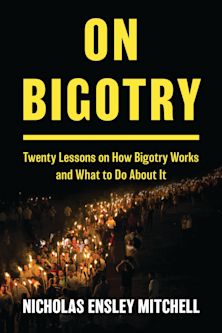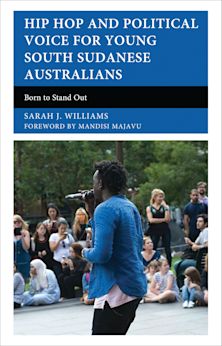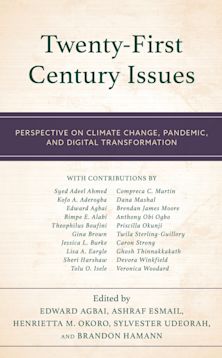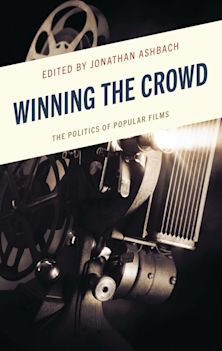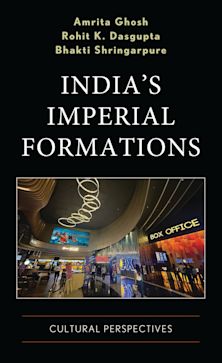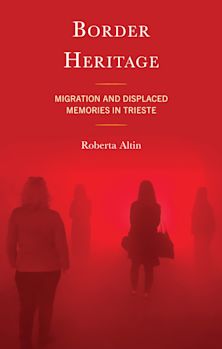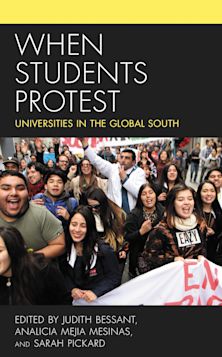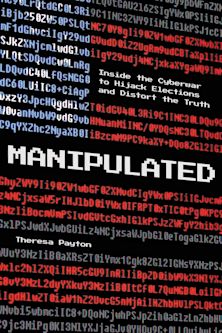- Home
- ACADEMIC
- Politics & International Relations
- Politics - Other
- The Post-Cold War Presidency
The Post-Cold War Presidency
Anthony J. Eksterowicz (Anthology Editor) , Glenn P. Hastedt (Anthology Editor) , Lydia Maria Andrade (Contributor) , Harold M. Barger (Contributor) , Chris E. Cookson (Contributor) , Jean-Philippe Faletta (Contributor) , Robert K. Goidel (Contributor) , Loch K. Johnson (Contributor) , William W. Lammers (Contributor) , Ronald E. Langley (Contributor) , Thomas S. Langston (Contributor) , James K. Oliver (Contributor) , Todd G. Shields (Contributor) , Alexander Thomson (Contributor) , Thomas E. Cronin (Foreword)
- Textbook
The Post-Cold War Presidency
Anthony J. Eksterowicz (Anthology Editor) , Glenn P. Hastedt (Anthology Editor) , Lydia Maria Andrade (Contributor) , Harold M. Barger (Contributor) , Chris E. Cookson (Contributor) , Jean-Philippe Faletta (Contributor) , Robert K. Goidel (Contributor) , Loch K. Johnson (Contributor) , William W. Lammers (Contributor) , Ronald E. Langley (Contributor) , Thomas S. Langston (Contributor) , James K. Oliver (Contributor) , Todd G. Shields (Contributor) , Alexander Thomson (Contributor) , Thomas E. Cronin (Foreword)
- Textbook
Buy from Bloomsbury eTextBooks
You are now leaving the Bloomsbury Publishing website. Your eBook purchase will be with our partner https://www.vitalsource.com.
Your credit card statement will show this purchase originating from VitalSource Technologies. They will also provide any technical assistance you might require.
You must sign in to add this item to your wishlist. Please sign in or create an account
Description
With the end of the Cold War, U.S. presidential leadership has become both more important and more difficult. Post-war periods have historically posed challenges to leadership, and this time around the long-time image of the “leader of the free world” has declined in the face of globalization and increased interdependence among nations. It is exactly this complex environment that makes Americans look ever more to their president for guidance.
This accessibly-written volume discusses socio-cultural, political, and economic changes during and after the Cold War period and how these have affected modern presidential leadership. Prominent contributors cover key issues-image and character, domestic and foreign policy, distraction theory, domestic and international economics, executive/legislative relations, security/intelligence, executive dominance, and activist government-and suggest strategies for helping to ensure a strong presidency in the future.
Table of Contents
Chapter 2 Introduction
Part 3 From Cold War to Global Presidency
Chapter 4 Strategies for Presidential Leadership in the Post–Cold War Era
Chapter 5 The Foreign Policy Presidency after the Cold War: New Uncertainty and Old Problems
Chapter 6 Distracting Public Attention: Foreign Policy and the UN
Chapter 7 The Incredible Shrinking Image: From Cold War to Globalist Presidency
Part 8 The Post–Cold War Economic Presidency
Chapter 9 The New Economy, the End of the Cold War, and Presidential Evaluations
Chapter 10 Economic Intelligence and the CIA
Part 11 The Post–Cold War Institutional Presidency
Chapter 12 Formal Executive Power: The Contemporary Presidency
Chapter 13 The White House Legislative Liaison Office: An Opportunity for Foreign Policy Inter-Branch Collaboration in the Post–Cold War Era
Part 14 The Presidency and the Person
Chapter 15 From Character to Convenience: What Really Matters in Presidential Politics
Chapter 16 Bill Clinton as Warren Harding: The Post-War President as a Problem in American Political Development
Product details
| Published | 08 Jul 1999 |
|---|---|
| Format | Ebook (Epub & Mobi) |
| Edition | 1st |
| Extent | 208 |
| ISBN | 9781461711247 |
| Imprint | Rowman & Littlefield Publishers |
| Publisher | Bloomsbury Publishing |
About the contributors
Reviews
-
A diverse, edifying, and timely collection of essays which provide scholarly insight on the American presidency since the end of the Cold War. The editors have done an admirable job in taking such seemingly disparate essay topics and organizing them in a coherent manner. These essays provide excellent analysis of the topic, and through their eclectic nature, reflect the diversity of approaches taken towards understanding this institution that has been influenced by the end of the Cold War.
Millennium
-
The American presidency is a unique, necessary, and always potentially dangerous institution. In addition, it is an especially fragile institution and it is, as we are reminded again in these essays, a constantly changing institution. . . . Anthony Eksterowicz and Glenn Hastedt have gathered a series of informative and in some cases provocative articles that help us to appreciate some of the changes that are taking place in this post–Cold War era.
Thomas E. Cronin, from the foreword












